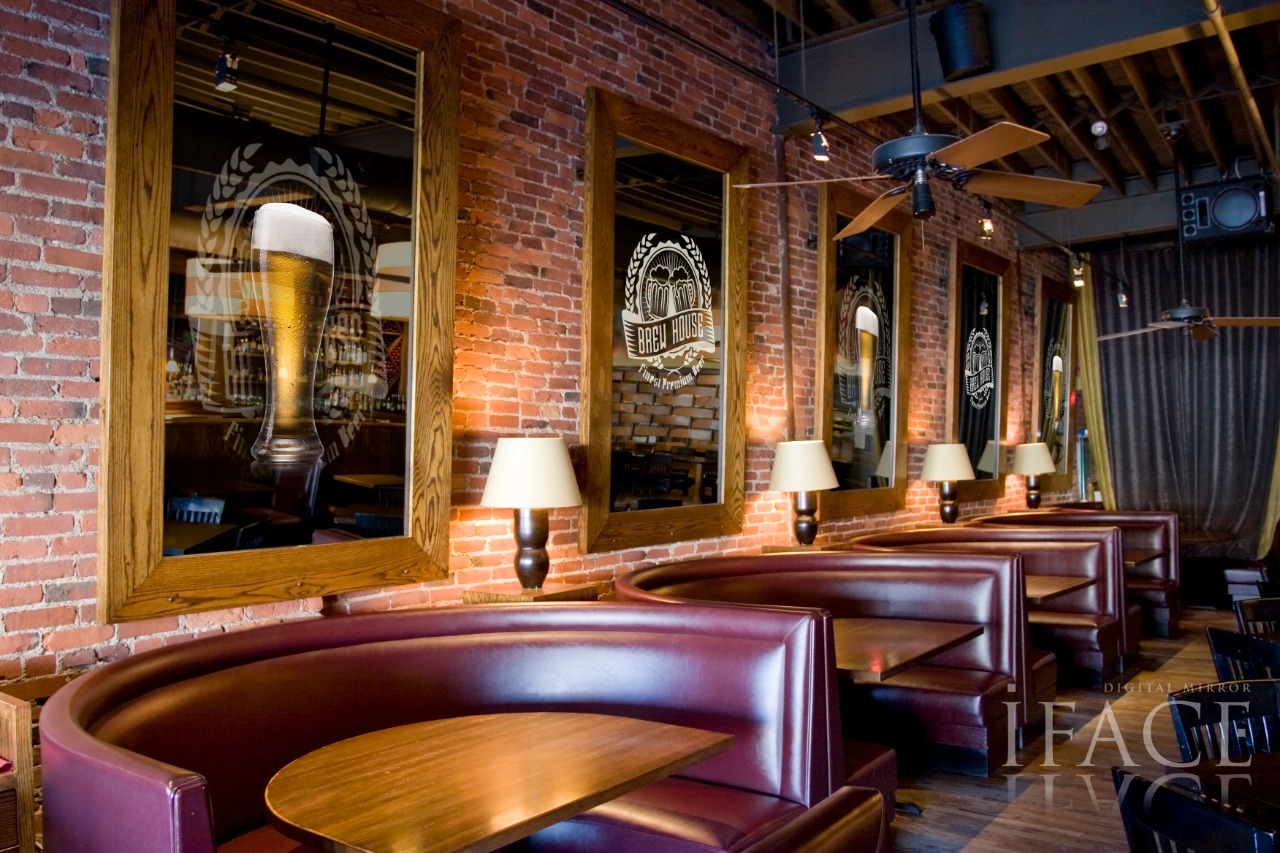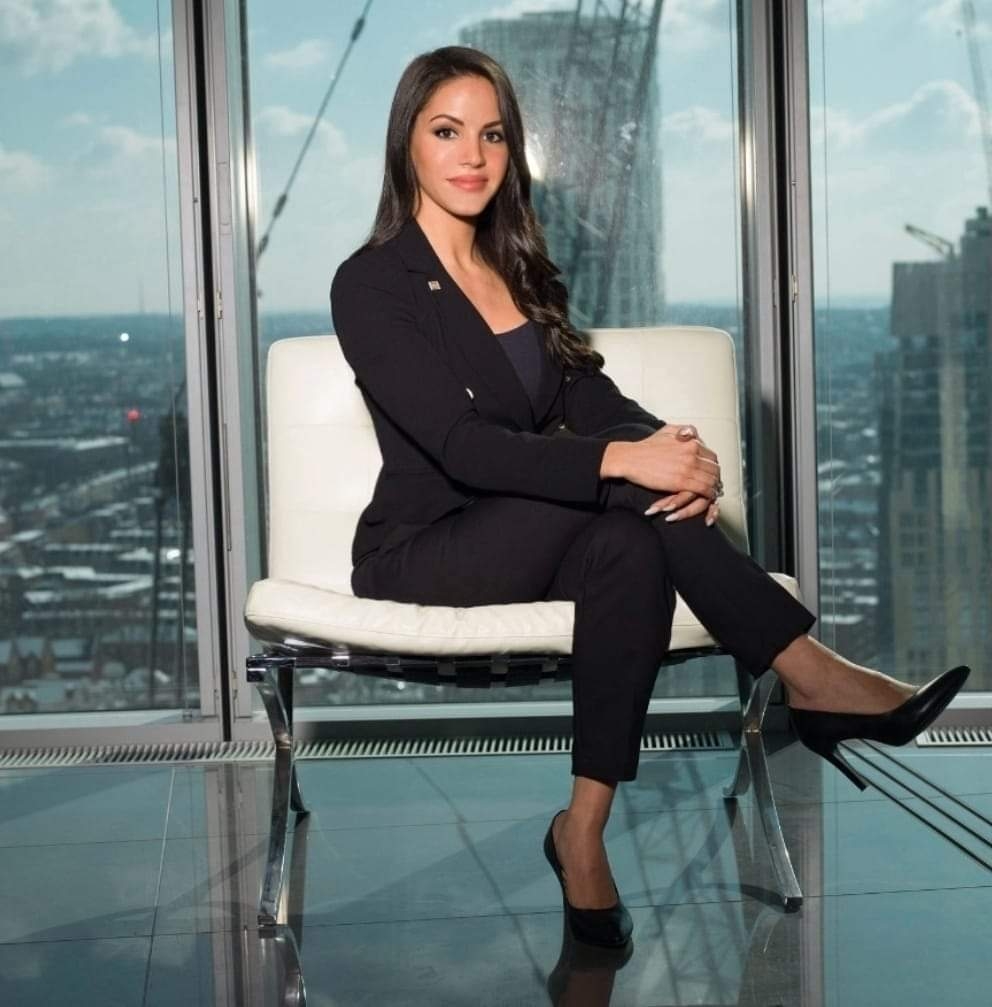Jarábik Barbara: Luxury marketers may also focus on the heritage and history of their brand, emphasizing its long-standing reputation for luxury and opulence. This can be an effective way to create an aura of luxury, as it suggests that the brand has a long-standing reputation for quality. If your brand was established years ago, make sure to include a history section with interesting facts on your website. Ideally, you should maintain a balance between innovation and tradition in your luxury strategy. An interesting way to do this is by collaborating with artists. A good example is luxury French brand Louis Vuitton, who have worked with Yayoi Kusama, Stephen Sprouse, Takashi Murakami and Jeff Koons.

Adidas purposely only creates a limited amount of every new model to make them appear rare. While they sell for $200 from a retail store, they are often resold for upwards to $1,000! This is also an excellent example of using scarcity to entice people to purchase the shoes because there’s a good chance they won’t be able to get them or they’ll have to pay insane resell prices. Another brand we can learn from is Paul Parkman. This luxury shoe company uses exotic materials like crocodile and python to make their footwear one-of-a-kind.
Facebook Ads are one of the most effective forms of online advertising, thanks to the high level of segmentation and targeting that you can do. You could, for example, target ads specifically to married 35 year old males from Paris who like the brands Prada, Gucci, and Versace. You can even go one step further and target people by what college they attend, where they work, what their job title is, what music they listen to, and much much more.
There’s a reason Gucci doesn’t do infomercials for tiger print duffels. That Equinox doesn’t offer a discount for January first’s newly health-obsessed. That anthropomorphic Hamsters break dance in front of Kia Souls instead of Range Rovers. Advertising for luxury brands tends to focus on, well, luxury. The happiness they inspire. The quality. The sheer opulence that becomes a piece of one’s life when he or she buys free-range leave-in conditioner infused with dolphin tears, or an ornate bottle of some top-shelf botanical cordial. Whether you’re storyboarding a TV spot or building out an ad group in Google Ads (the artist formerly known as AdWords), your target audience needs to feel as though your product or service is a physical manifestation of luxury.

With a solid system for managing your marketing plan and allocation of budget and focus, we can now dive into some of the specific channels and experiments you might want to test. When marketing luxury products, photographs are one of the best mediums for evoking the aspirational emotions that we connect with driving a luxury vehicle, wearing designer clothing, or experiencing something exclusive. As such, visual social networks like Pinterest represent a huge opportunity for luxury brands to raise brand awareness and advocacy. Discover even more info at https://www.tumblr.com/blog/barbarajarabik.
Digital signage mirrors are another way for luxury brands to advertise efficiently : The world digital signage mirrors market was valued at USD 780 million in 2021. The global market is expected to grow steady at a CAGR of 12.21% to reach USD 910 million by 2023. Digital signage mirrors can vastly improve individual efficiency by choosing outfits as per weather updates while also offering bus and train schedules (including traffic updates). Digital signage mirrors in smart homes, planes, commercial spaces, hotels, etc. are designed to be connected to users as well as with different devices around. Energy efficiency is one of the major advantages that will drive the adoption of digital signage mirrors.